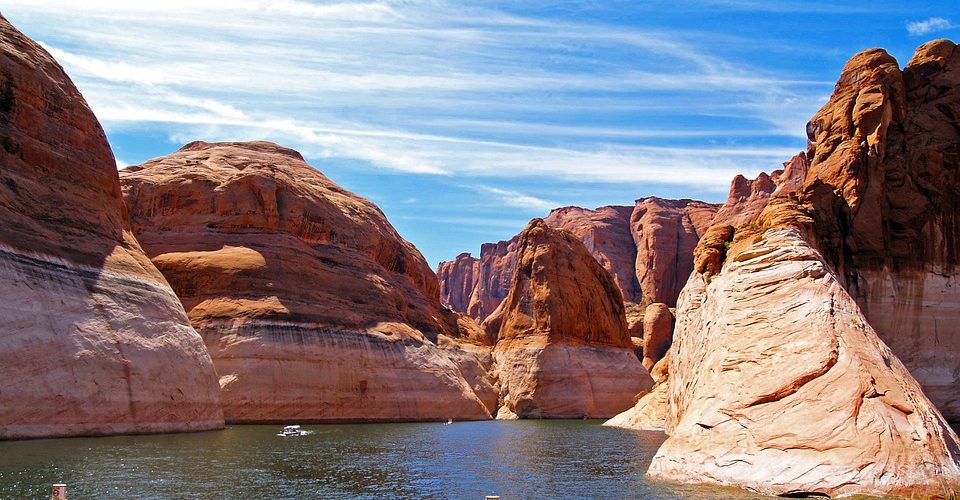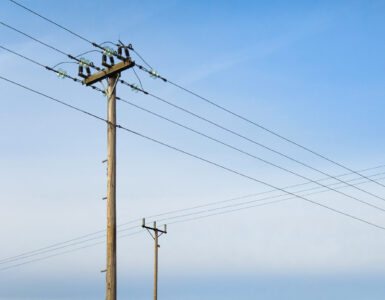The entity that delivers Colorado River water to Arizona’s most populous regions attempted to jumpstart deadlocked negotiations over how to share the pain of water shortages when they come, possibly as soon as 2020.
In a room crowded with water stakeholders, the Central Arizona Water Conservation District (CAWCD) board unanimously approved a proposal which favors Pinal County’s agricultural economy under current and proposed plans for water shortages.
The CAWCD proposal, however, includes a controversial measure to use water from Lake Mead, which is contrary to the goal of a multi-state Drought Contingency Plan (DCP) that kicks into motion when a water shortage occurs, cutting allotments to users.
Acknowledging the proposal may not be perfect, board members and CAP general manager Ted Cooke said they needed to do something to ignite a statewide DCP steering committee to action.
In a turn of events, Gov. Stephen Roe Lewis of the Gila River Indian Community made an announcement at the meeting, saying that his community also has a mitigation proposal that’s “very close” to being approved.
For months, a statewide committee of water interests charged with finalizing Arizona’s part of a multi-state Drought Contingency Plan has logjammed over how to mitigate impending shortages among water users. Even senior ranking water users like Gila River will see significant cuts in water supplies if shortages escalate.
Arizona is supposed to finalize its part of the multi-state DCP before December to take it to the state Legislature and then to the federal government for approval.
After canceled meetings, behind-the-scenes negotiations and various mitigation proposals that have stalled out, Gov. Doug Ducey took to the fourth estate to plead for finalization of the plan. In an opinion piece published in the Arizona Capitol Times last week, the governor chastised unnamed parties for being “short sighted” and failing to make “modest” concessions to get a contingency plan in place.
“We recognize the need to address impacts on certain water use sectors, but individual interests must be appropriately balanced against the interests of the state as a whole,” Ducey wrote.
Sen. Lisa Otondo of Yuma, who is on the steering committee, followed with a similar editorial. So did former Governor Bruce Babbitt, who penned an editorial the Arizona Republic, criticizing the impasse and behind-the-scenes jockeying.
Pinal County agriculture is among the lowest ranking when it comes to river water supplies. The statewide steering committee will have to make the final determination to ensure levels at Lake Mead can be maintained for the long-term good of Arizona.
On Thursday, the CAWCD Board of Directors that oversees the Central Arizona Project (CAP) water delivery system, voted unanimously on an “interim” mitigation proposal. The proposal would be CAP’s contribution for mitigation and would cover the first three years of the seven-year DCP.
It includes provisions to:
- Utilize CAP water resources of up to 400,000 acre feet of intentionally created surplus (ICS) water in Lake Mead and up to 50,000 acre feet of CAP water in Lake Pleasant while maximizing efforts to maintain surplus water in Lake Mead
- Create a compensated conservation program to obtain necessary quantities of water for mitigation purposes, up to 250,000 acre feet and with costs up to $60 million
- Support infrastructure and system efficiency for pumping groundwater
- Remain flexible to allow the proposal to be added to or amended by the DCP steering committee as necessary
At the meeting, representatives of the farming, cattle and homebuilding industries voiced approval. Two of the state’s most powerful water leaders, Arizona Department of Water Resources Tom Buschatzke and Gov. Lewis said they could not support water removal from Lake Mead unless it is offset by other contributions.
But they also indicated there is positive movement in closed-door negotiations for an alternative mitigation proposal.
“We are very close, I believe, to a path forward for the DCP that represents and respects the big tent of stakeholders in Arizona,” Lewis said. “We laid out some alternative plans for mitigation across the board. We hope the CAP plan adopted today can take those into account.”
















Add comment